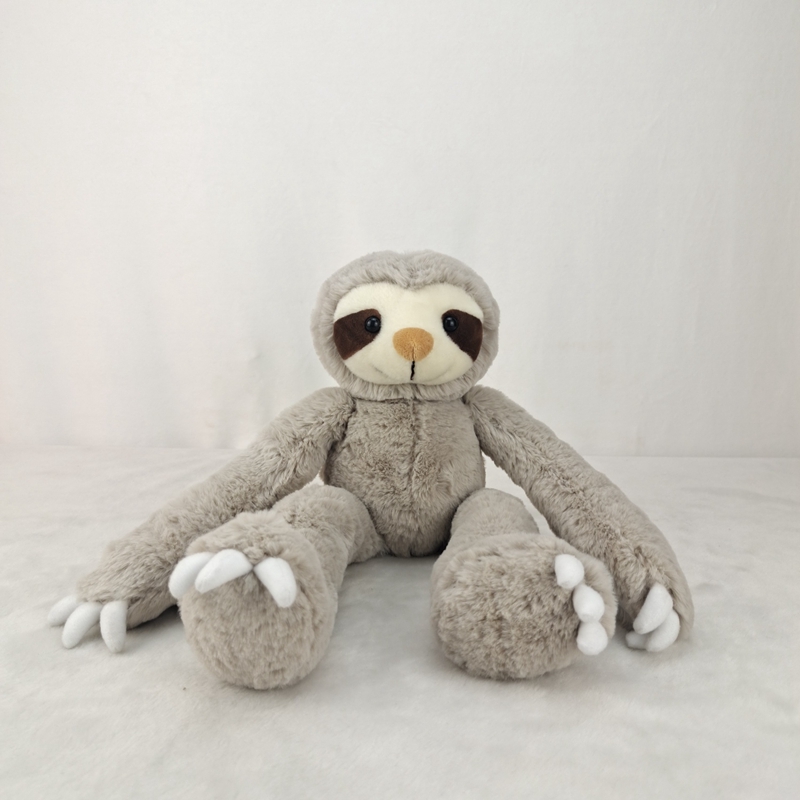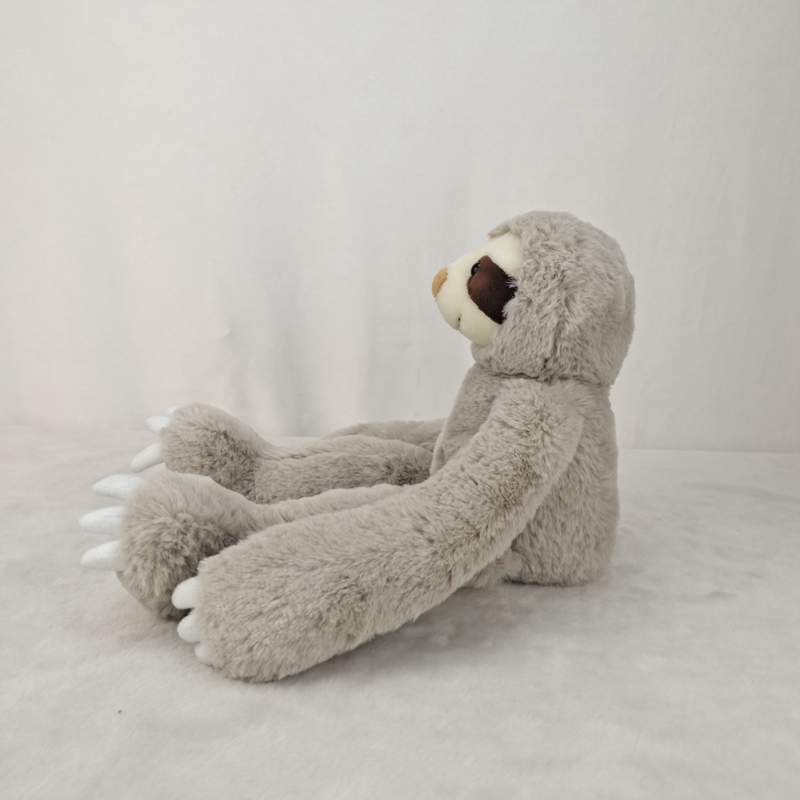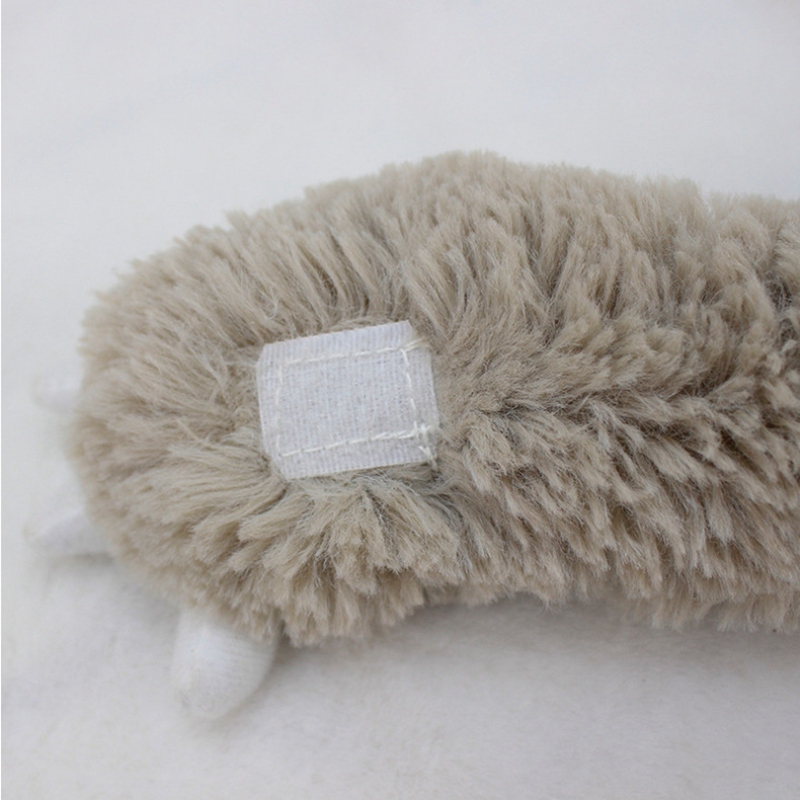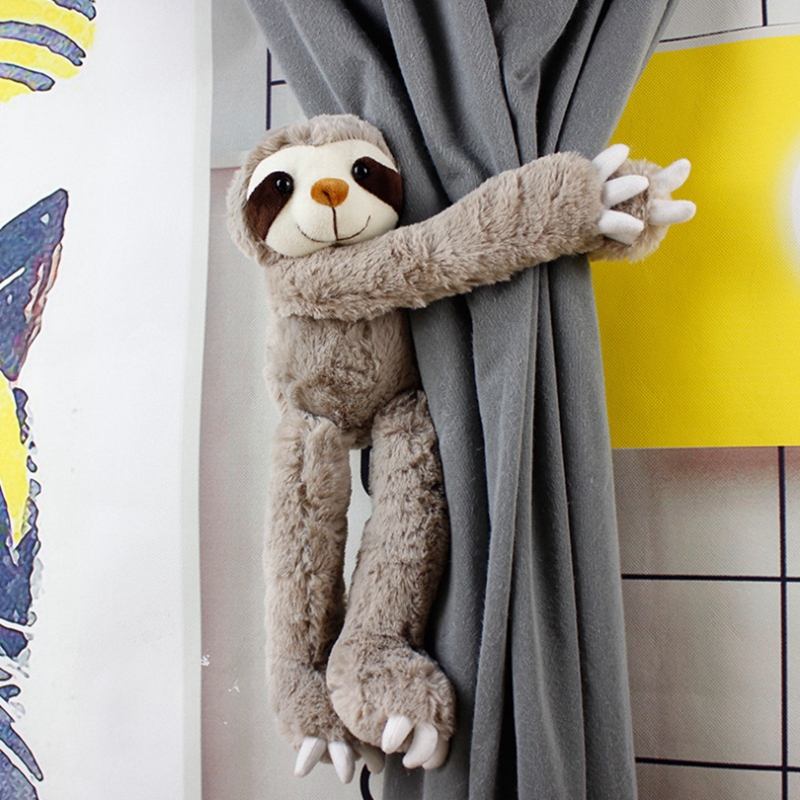Introduction
Cute sloth (Japanese:かわいいナマケモノ) have become an iconic symbol of cuteness in recent years, captivating hearts around the world with their slow movements, gentle nature, and distinctive appearance. Despite their slow pace and low energy lifestyle, sloths are fascinating creatures that have evolved unique traits to thrive in their natural habitat. In this article, we will delve into the world of sloths, exploring their physical characteristics, habitat, diet, behavior, and why they have become so beloved by people worldwide.

The Slowest Mammals on Earth
Sloths are often described as the slowest mammals on Earth, a fact that is easily observable when you see one in action. Their deliberate and sluggish movements are a result of their low metabolic rate and energy-efficient lifestyle. Unlike most mammals that are highly active and have quick reflexes, sloths are built for a relaxed existence, moving at a pace that can often seem comically slow.
Physical Characteristics of Sloths
One of the most striking features of sloths is their long, shaggy fur. Their fur is not only cute, but it also serves a practical purpose. It helps protect them from the harsh elements of their environment, such as rain and sunlight. Sloths have a unique adaptation in their fur that harbors algae. This algae gives sloths a greenish tint, helping them blend into their surroundings and avoid predators.
Sloths are also known for their long claws, which are well adapted for life in the trees. These claws are used for gripping tree branches, and they allow sloths to spend most of their time hanging upside down. In fact, sloths are so well adapted to their arboreal lifestyle that they find it difficult to move on the ground. Their claws are not suited for walking, and they often struggle to move effectively when they are not hanging from branches.
Sloths typically have round faces with big, dark eyes that contribute to their charming, innocent appearance. Their faces often display a content and relaxed expression, further enhancing their cuteness. Their facial structure is unique in that their eyes are positioned to give them a slightly wide-eyed look, which has contributed to their widespread appeal as one of the cutest animals in the world.
How Sloths Move and Survive
Sloths move so slowly because their muscles are designed for endurance rather than speed. They have a low body temperature, usually around 30°C (86°F), which is lower than most other mammals. This reduced metabolic rate means that sloths do not require as much food as faster-moving animals, but it also means they need to conserve their energy. To do this, sloths move slowly and spend a significant portion of their day resting.
A sloth’s slow pace is also linked to its diet. Sloths are herbivores, primarily eating leaves from a variety of trees. Their digestive systems are adapted to process these tough, fibrous leaves, but the process is slow. It can take up to a month for a sloth to fully digest a meal, which means they don’t need to eat as frequently as other animals.
Sloths spend most of their time hanging upside down in the treetops. Their specialized muscles and tendons allow them to lock their claws onto branches, holding them in place without using much energy. This adaptation is critical for their survival because it allows them to rest and conserve energy without worrying about falling.
The Diet and Eating Habits of Sloths
Sloths are primarily herbivores, feeding on a variety of leaves, fruits, and flowers found in the tropical rainforests of Central and South America. Their diet mainly consists of leaves from trees like cecropia, mangrove, and acacia. These leaves provide the necessary nutrients, but they are low in calories, which is why sloths have adapted to their slow and energy-conserving lifestyle.
What Do Sloths Eat?
Sloths are known to be picky eaters, and they tend to be selective about the leaves they consume. The leaves they eat are usually tough and fibrous, which makes digestion a slow process. This is because sloths have a specialized stomach with multiple chambers that helps break down the tough leaves over a long period of time. Unlike some herbivores that can digest leaves quickly, sloths must wait for their bodies to fully process the tough fibers.
One of the most remarkable aspects of a sloth’s diet is their reliance on low-nutrient foods. Sloths are not interested in high-energy foods like fruits or nuts, as they do not require large amounts of energy. Instead, they opt for the leaves that grow in abundance in the rainforests, which are packed with fiber but not many calories. This diet allows sloths to spend most of their time resting without the need for much food. Interestingly, some sloths also consume small insects or animals such as termites, although this is not a significant part of their diet.

The Sloth’s Digestive System
The digestive system of a sloth is one of the slowest in the animal kingdom. It can take up to a month for a sloth to fully digest a single meal. This slow digestion process is facilitated by a complex and large stomach that houses bacteria that help break down the tough leaves.
Sloths have a very low metabolic rate, which means they require minimal energy to survive. This is why they do not need to eat as frequently as other animals. A single meal can provide them with enough energy to sustain them for several days or even weeks. This slow metabolism also contributes to their slow movements, as their bodies are designed to conserve energy at all costs.
Sloths and Their Unique Behavior
Sloths are solitary creatures by nature. They are not social animals and prefer to spend most of their time alone, hanging in the trees or resting in their favorite spots. They are mostly nocturnal, meaning they are more active during the night when temperatures are cooler. During the day, sloths can often be seen sleeping or resting, hanging from branches in a state of relaxation.
Sloth Behavior and Socialization
Although sloths are generally solitary, they do interact with others of their kind during mating season. Male sloths will often call out to females using loud, guttural sounds to communicate their presence. However, these interactions are infrequent, and sloths tend to keep to themselves for the most part.
Sloths communicate with one another through a series of vocalizations and body language. They make various sounds, including high-pitched whistles, growls, and clicks, which are believed to be used for communication, particularly during mating. Despite their slow nature, sloths can be quite vocal when they need to be. However, they are not known for being aggressive, and most sloth behavior is passive and laid-back.
The Slow Pace of Sloth Life
Sloths are slow for a reason: they are adapted to a low-energy, energy-efficient lifestyle. Their movements are deliberate and calculated, designed to conserve energy as much as possible. Sloths do not have the luxury of speed, so they have evolved to be experts in minimizing their physical activity.
The slow pace of sloth life is one of the main reasons why they have become such beloved creatures. People are drawn to their gentle nature, and many find their laid-back attitude to life to be a source of comfort. There’s something incredibly calming about watching a sloth move, or simply hanging from a branch in its slow, peaceful way.
Why We Love Cute sloth: The Fascination with Their Cuteness
There’s no denying that Cute sloth have become one of the most popular animals on social media and in the world of wildlife conservation. Their unique charm and slow, relaxed lifestyle have made them a symbol of peace and tranquility. But what is it about Cute sloth that makes them so irresistibly cute?

Sloths’ Innocent Appearance and Gentle Nature
Sloths’ innocent expressions and gentle nature make them incredibly endearing. Their big, round eyes, fluffy fur, and small mouths give them a childlike appearance, which only adds to their charm. They don’t appear aggressive or threatening, which makes them approachable and relatable to humans. In a world filled with stress and chaos, sloths offer a reminder of how simple life can be.
People often anthropomorphize sloths, projecting human qualities onto them because of their seemingly carefree and innocent demeanor. We associate their slow movements and gentle nature with qualities like kindness, patience, and contentment.
Cute sloth in Popular Culture
Over the past decade, sloths have gained tremendous popularity in popular culture. From viral videos to animated movies like Zootopia, sloths have become a staple in the entertainment world. The popularity of sloths has also had a positive impact on wildlife conservation efforts. As people become more enamored with these adorable creatures, there is greater awareness about the need to protect their natural habitats and ensure their survival.

Conclusion
Cute sloth, with their slow movements, innocent expressions, and laid-back lifestyles, have captured the hearts of millions around the world. These unique creatures offer us a lesson in patience, mindfulness, and the importance of living in the present moment. While they may appear helpless due to their slow pace, Cute sloth is highly adapted to their environment, showcasing nature’s incredible ability to create perfectly specialized animals for specific ecological niches.
However, these fascinating animals are not immune to the pressures of modern life. Habitat loss, poaching, and climate change threaten their survival, making conservation efforts more critical than ever.
